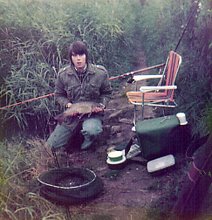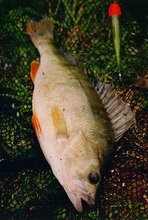This is one of my favourites. I love belly pork if it's cooked right and, for me, the wonderful Chinese flavours of this dish means I cook it regularly.
Hoisin sauce can be bought in a jar or packet and enhanced, or it can be made from scratch. I do both and sometimes I just use the jar with no enhancements but I do look for a ready made sauce with no silly ingredients like MSG or E numbers. That's not as easy as it sounds but I'm going to assume that you'll be using a bought sauce with perhaps a few extras:
Sliced Belly Pork (enough for however many people you are feeding)
A jar or packet of hoisin sauce
Medium Egg Noodles. Enough for the serving
Sweet or normal soy sauce
Chopped spring onions
Chopped chili
Chopped garlic
Chopped coriander
Star anise (one or two pieces)
First, I like to cook the belly pork on its own for about half an hour or so in a low oven - 150 degrees or so, covered, on an oven proof dish. This allows you to pour off some of the excess fat, which can spoil the dish if not removed.
Then I add the hoisin sauce, completely emptying the jar by swilling a splash of water around, and completely pasting it onto the pork. Add your extras if you wish at this stage and then re-cover and place in the oven for another hour or so. That's it for the pork, except that I uncover it for the last 10 minutes, which allows it to crisp up a little.
Put the noodles into boiling water with plenty of salt until they are soft and then drain them thoroughly before serving on a dish. At this stage I add a dash of sweet soy sauce, but you can use a normal one if you wish. The pork is served on top but I often stir in some cooked peas too, to give a little colour and freshness.
I hope you like this one as much as I do.









